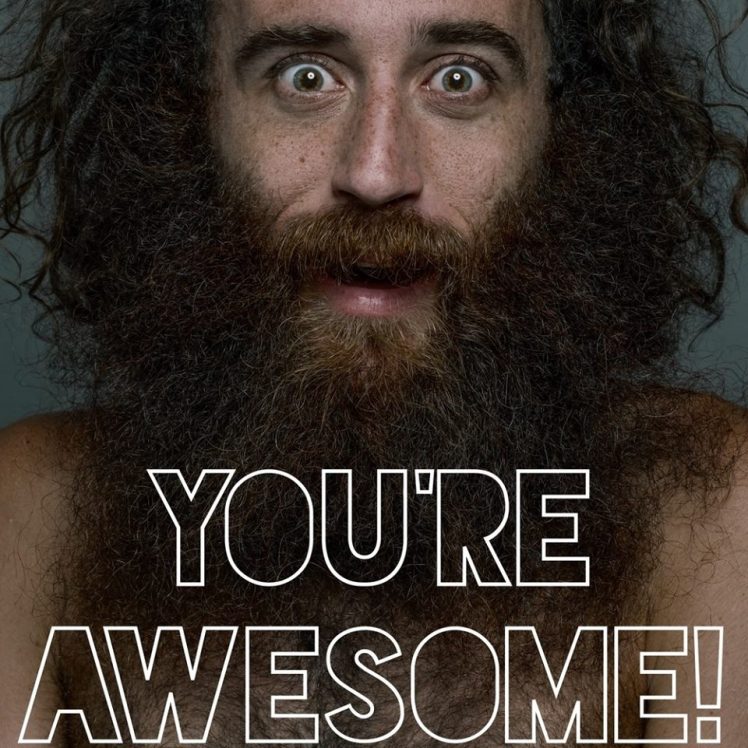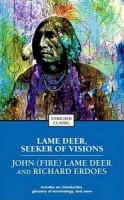Path of the Sacred Clown
by Peggy Andreas / Written 1995
In my last article, I wrote of the Native American spiritual path of the Sacred Warrior. To Native Americans, the path of the Sacred Clown is ALSO considered a spiritual calling, essential to the smooth functioning of the tribe:
In the days before the invaders came. . .we had clowns. Not clowns like you see now, with round red noses and baggy costumes. Our clowns wore all kinds of stuff. Anythin’ they felt like, they wore. And they didn’t just come out once in a while to act silly and make people laugh, our clowns were with us all the time, as important to the village as the chief, or the shaman, or the dancers, or the poets.1
Most every tribe had their Clowns. The Oglala and Lakota called them Heyoka (“crazy”), the Arapaho called them Ha Hawkan (“holy idiot”), and both peoples considered them religious specialists. The Salish people honor the memory of a Clown who (not so long ago) challenged a missionary. The missionary was enticing people to come to his church by handing out little mirrors to them while urging them to cover their bodies with white folks’ clothes. It is told with a smile that the Clown (a woman!) walked into the church one Sunday wearing nothing but a hat and old shoes! Read the book to find out what happened!2
The Hopis protected their Sacred Clowns by incorporating them into their Katchina (“Cloud spirit”) ceremonies where the Clowns make a hilarious entrance from a roof, descending a rope ladder into the plaza where the Katchinas are dancing. “Look down there!” they exclaim, “Everything is bountiful and beautiful!” Their descent is very precarious, usually head-first, and causes much laughter as they tumble over each other and fall the last few feet. They do not see the Katchinas until they bump into them, and then they say “This is MINE!” or “This many are MINE!” They act silly, childish, greedy, selfish, and lewd. As they pretend to become aware of their surroundings, they mock tourists, anthropologists, neighboring Indians, even themselves! They beg for food. Their guessing games and balancing acts please the crowds. The dancing Clowns sometimes pretend they are invisible, heightening the joke.3
The survival of these ritual clowns gives us a clue as to how important a Clown was to the community-spirit of each Native American tribe. Nothing was sacred to a Sacred Clown. She was a social critic of the highest order. Her funny mimicry and joking exposed hypocrisy and arrogance. Her portrayals of ridiculous behavior showed the people (in a very humorous way) their own foolishness and blind-spots. “A clown was like a newspaper, or a magazine, or one of those people who write an article to tell you if a book or a movie is worth botherin’ with. They made comment on everythin’, every day, all the time. If a clown thought that what the tribal council was gettin’ ready to do was foolish, why the clown would just show up at the council and imitate every move every one of the leaders made. Only the clown would imitate it in such a way every little wart on that person would show, every hole in their idea would suddenly look real big.”
Read more

